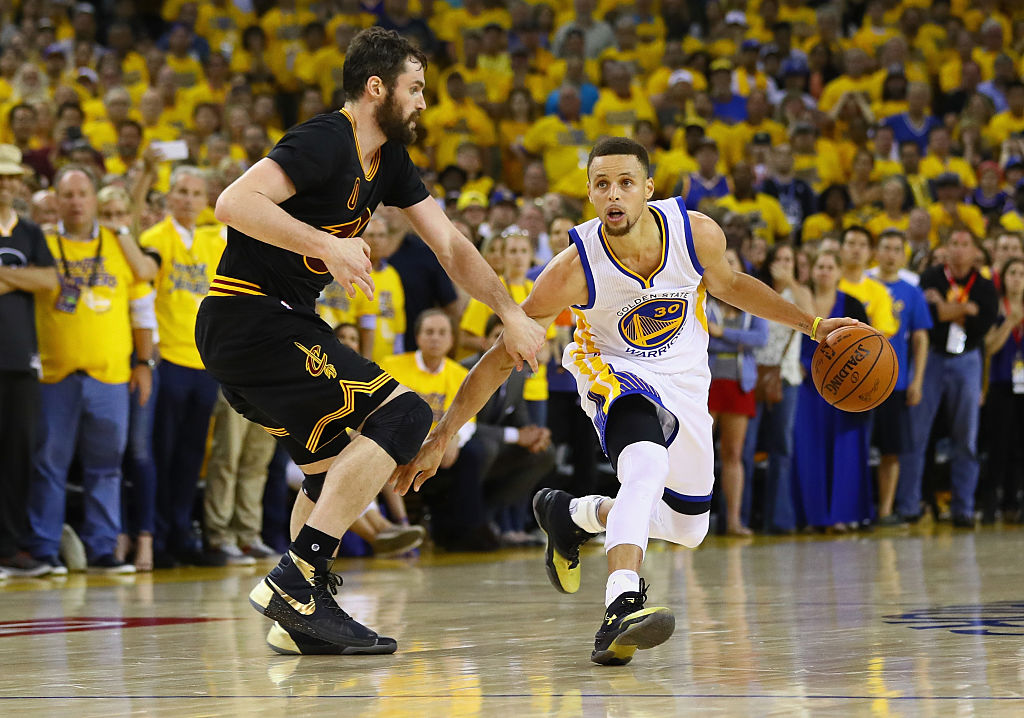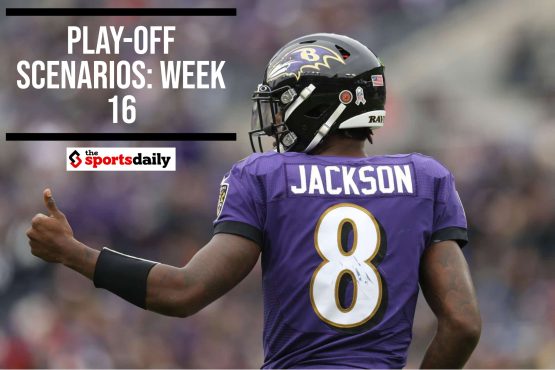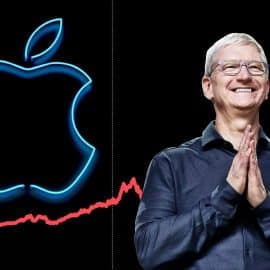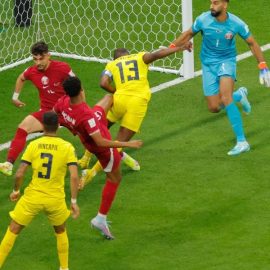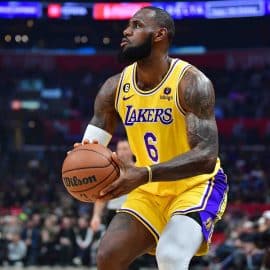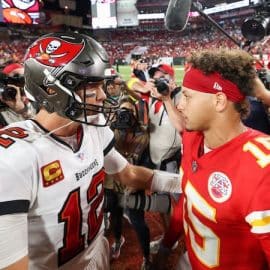Any team with Kevin Durant and Steph Curry is going to be a difficult team to match, particularly on the defensive end of the floor. Durant is arguably the best one-on-one true scorer in the league. Curry is no doubt one of the best three-point shooters in the league. Both the former and the latter are among the best of all-time at what they do.
In addition to Durant and Curry, it can’t be forgotten that Draymond Green has revolutionized the way the power forward position has been played. Certainly, there have been great point forwards in the NBA (Scottie Pippen immediately comes to mind), but few of those have played and guarded the power forward position.
Case in point, Tyronn Lue has his work cut out for him when deciding how in the world to stop the Warriors on defense, without completing losing what the Cavaliers have going for them on offense. In truth, many of those decisions have already been made, but it’s still worth taking a look at a couple of potential strategies, particularly from a personnel point of view.
Lue’s major conundrum focuses around how he chooses to use Kevin Love. Love is a vital asset for the Cavaliers’ offense, but is a potential liability against the Warriors on defense. Love is going to have to play an important role in this series, but how will the Cavaliers maximize his output on defense while minimizing his liabilities on defense?
Love in the starting lineup
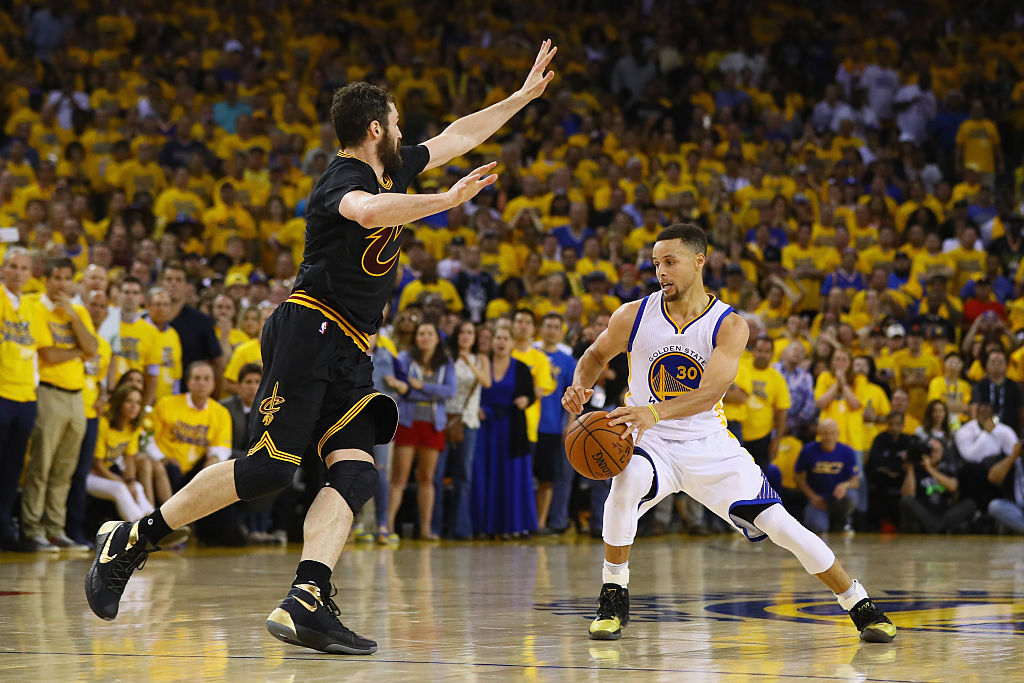
With the traditional starting lineup, Love perhaps fits best guarding the Warriors’ center (either Zaza Pachulia or Javale McGee), which keeps him from having to guard the versatile Green. If this is true, the Cavaliers could match up with the Warriors a few different ways:
Kyrie Irving guards Curry, JR Smith guards Klay Thompson, LeBron James guards Kevin Durant, Tristan Thompson guards Draymond Green, and Love guards Pachulia or McGee
OR
Irving guards Curry, James guards Klay Thompson, Smith guards Durant, Tristan Thompson guards Green, and Love guards Pachulia or McGee
OR
Smith guards Curry, Irving guards Klay Thompson, James guards Durant, Tristan Thompson guards Green, and Love guards Pachulia or McGee.
Going with the traditional lineup has its obvious pros: the Cavs keep Love’s offensive prowess. One way the Cavaliers can contain the Warriors’ offense is to score on offense themselves, preventing the Warriors to get out in transition. In addition, it might force Green off of James (unless the Warriors feel comfortable with Durant guarding Love). The cons, however, might out-weigh the pros:
The bottom line with the traditional starters is the Cavaliers are forced to either have Irving guard Curry or James to guard Durant. Neither of these two scenarios is exactly optimal, as the Cavaliers’ best scorers will be expending tons of energy on the defensive end. In addition, it doesn’t allow James the opportunity to match up with Draymond Green, or perhaps roam the floor defensively by guarding the Warriors’ center.
The (better?) alternative
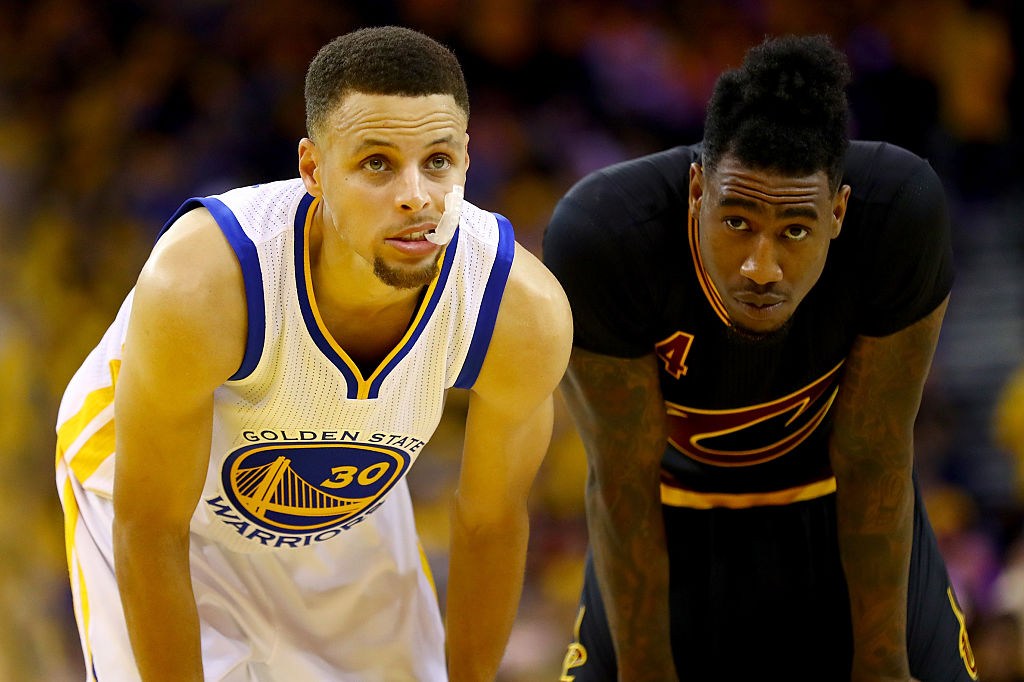
What Lue can due, however, is go to Love early on offense and eventually give him a quick hook with the first unit in favor of Iman Shumpert. In such a situation, the Cavaliers can yield what is perhaps their best defensive lineup, while also being able to save Irving and James for the offensive end of the floor.
In this situation, the Cavaliers can match up in the following way:
Shumpert guards Curry, Irving guards Klay Thompson, Smith guards Durant, James guards Draymond Green, and Tristan Thompson guards Pachulia or McGee.
This might be the Cavaliers’s best lineup. The pros: Neither Irving or James have to guard either of the Warriors’ two top scorers. Irving’s defensive liabilities mostly focus on his inability to navigate the pick and roll and it’s no secret that the Warriors’ best pick and roll player on offense. Allowing Irving to chase Klay Thompson might be the best way to allow him to “hide” defensively.
In addition, James draws the assignment of Draymond Green. This will allow James to be the one to switch on to Steph Curry later in the shot clock. James’ length is enough to bother Curry and James won’t have to guard Steph for the entire possession. Meanwhile, Tristan Thompson guarding the Warriors’ center allows him to stay close to the basket, protecting the rim and grabbing defensive rebounds.
Offensively, this lineup then focuses around Iman Shumpert’s ability to make shots, or at least make good decisions with the basketball in his hands. Admittedly, this is kind of scary. Surprisingly, though, Shumpert has played better than expected in the Playoffs. Shumpert is 13-for-26 (50%) from two in the playoffs. He’s also 8-for-17 (47.1%) from three.
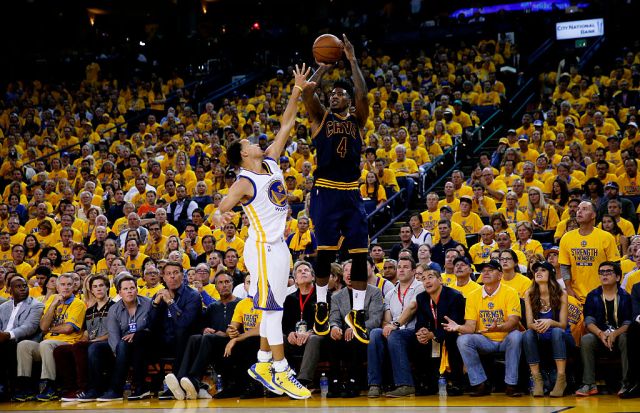
Outlook
Certainly there are an unbelievable amount of combinations of match-ups throughout this series (side note: the chess match between coaches is going to be really fun). Despite it not being the best situation for the Cavs, the Irving and James will have to take their turns guarding Curry and Durant, respectively.
Also, once again, it is important to note that whatever defensive strategy the Cavaliers utilize, they have to be efficient on offense. The Warriors are notorious for their spurts–rather, “outbursts” might be the more appropriate word–where teams get stagnant and struggle offensively. The Warriors are probably the best team in the NBA at using their defense to force teams into bad possessions offensively and then using long rebounds and turnovers to push in transition, which often results in a layup or a wide-open three. If the Cavaliers are able to score at the rim an shoot a high percentage from three, they will force the Warriors into more of a half-court game. If that happens, the advantage goes to Cleveland.
Add The Sports Daily to your Google News Feed!
